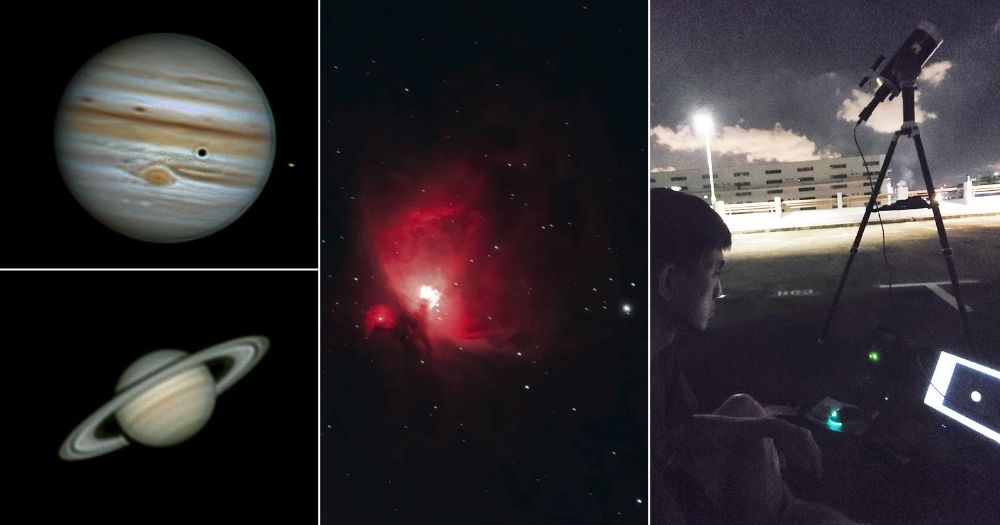Follow us on Telegram for the latest updates: https://t.me/mothershipsg
Despite Singapore's light-polluted skies, some photographers can still take clear images of astronomical objects and make it look easy.
One such astrophotographer Lu Jia Xiang shared a series of photos on the "CloudSpotting & SkySpotting Singapore" Facebook group which went viral on June 23.
Saturn, Jupiter, Mars and the moon
Lu woke up at 3:30am to photograph the nearby planets and the moon in anticipation of a special alignment of several celestial bodies on June 24 and 25.
His hard work paid off, as his impressive photos garnered more than 200 shares in less than a day.
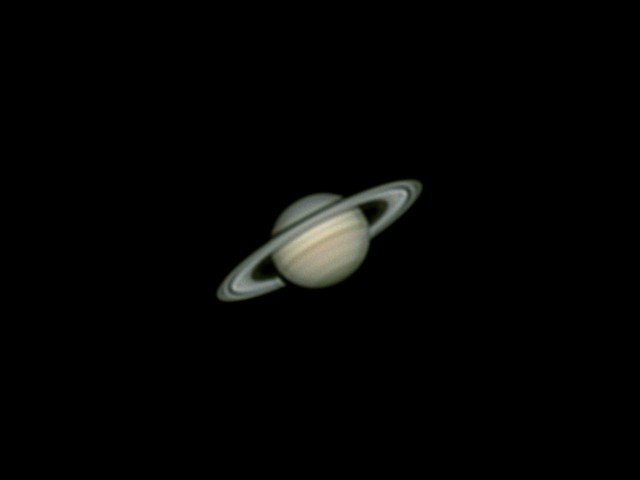 Image courtesy of Lu Jia Xiang.
Image courtesy of Lu Jia Xiang.
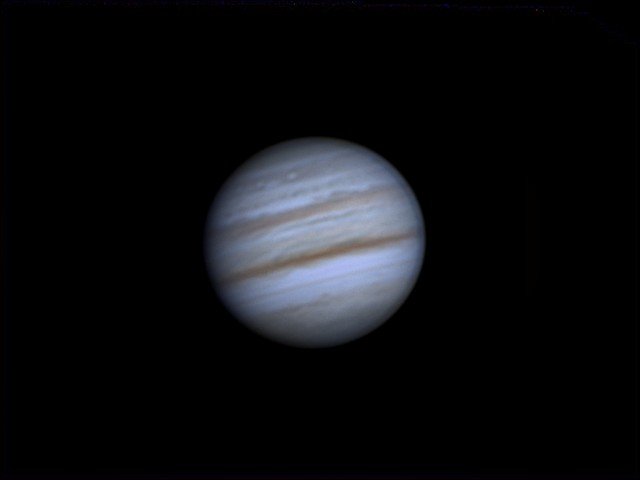 Image courtesy of Lu Jia Xiang.
Image courtesy of Lu Jia Xiang.
If you look closely, you can even see the polar ice caps on Mars in this photo:
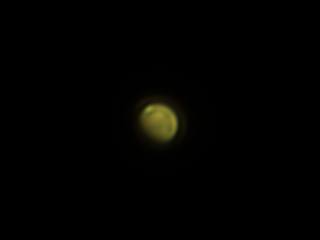 Image courtesy of Lu Jia Xiang.
Image courtesy of Lu Jia Xiang.
As for the moon, Lu's photos plainly reveal its rocky surface, consisting of innumerable craters.
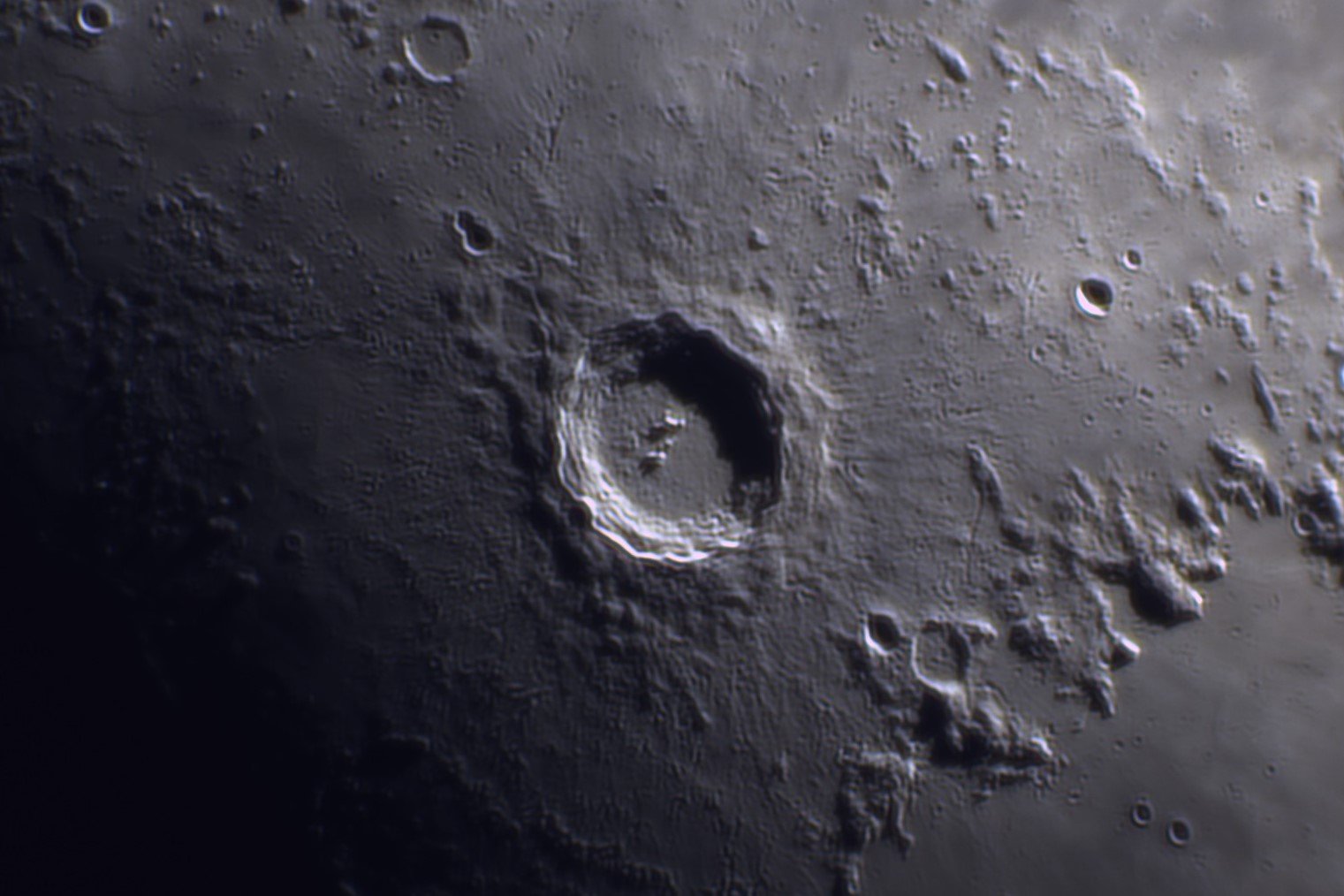 Image courtesy of Lu Jia Xiang.
Image courtesy of Lu Jia Xiang.
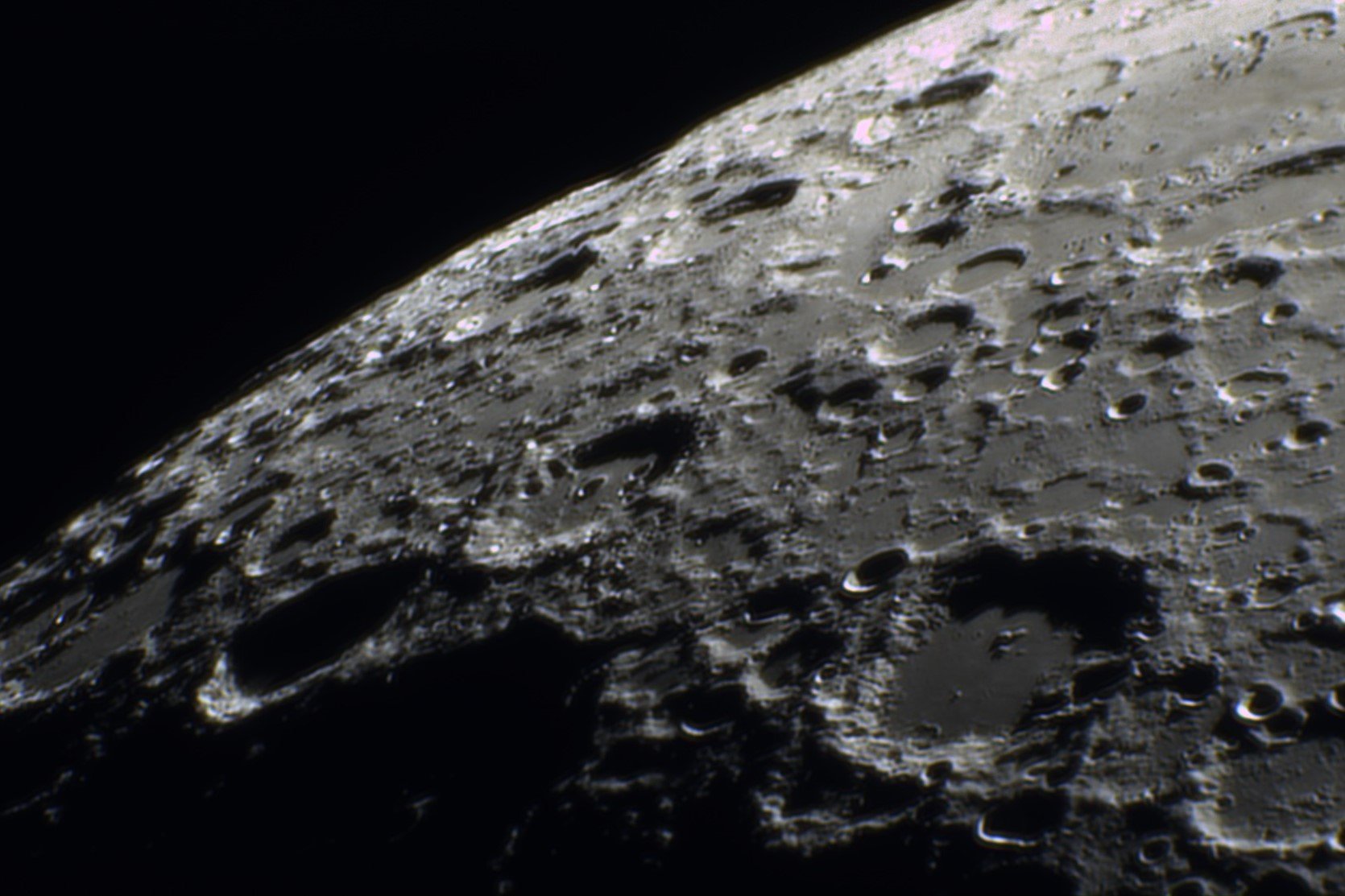 Image courtesy of Lu Jia Xiang.
Image courtesy of Lu Jia Xiang.
Speaking to Mothership, Lu said he had taken the photos from the top of a seven-storey car park in Jurong West.
 Image courtesy of Lu Jia Xiang.
Image courtesy of Lu Jia Xiang.
Photos are created from thousands of frames
Lu explained that the photos were taken using a technique known as lucky imaging.
Used by amateur and professional astrophotographers alike, it involves taking a short video that produces 5,000 or 10,000 frames.
Lu would then stack the frames into one image using a software called Autostakkert.
About 30 to 50 per cent of the frames will get filtered out due to poor quality, and the technique allows photographers to remove noise and atmospheric distortion.
Lu also previously captured planets and their moons in extreme detail:
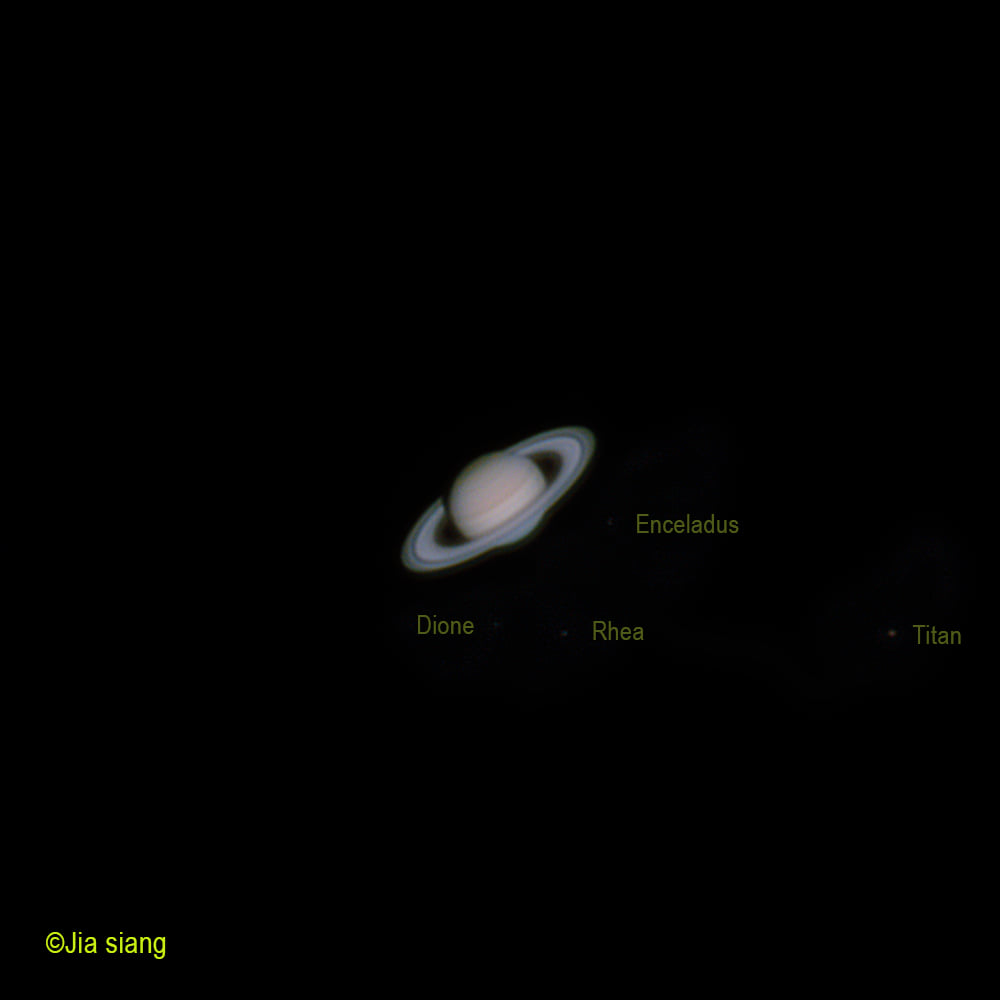 Image courtesy of Lu Jia Xiang.
Image courtesy of Lu Jia Xiang.
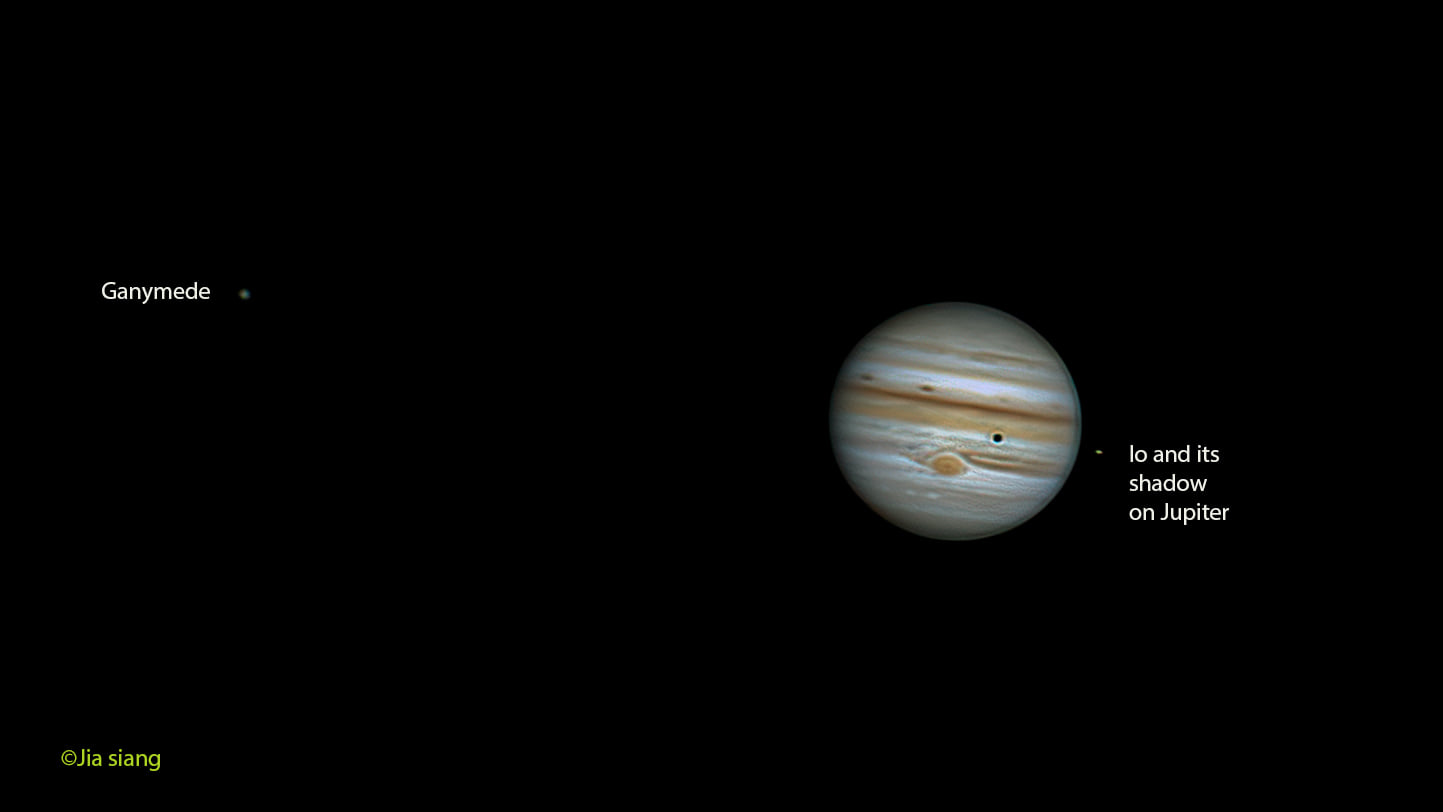 Image courtesy of Lu Jia Xiang.
Image courtesy of Lu Jia Xiang.
And here is how his setup looked like:
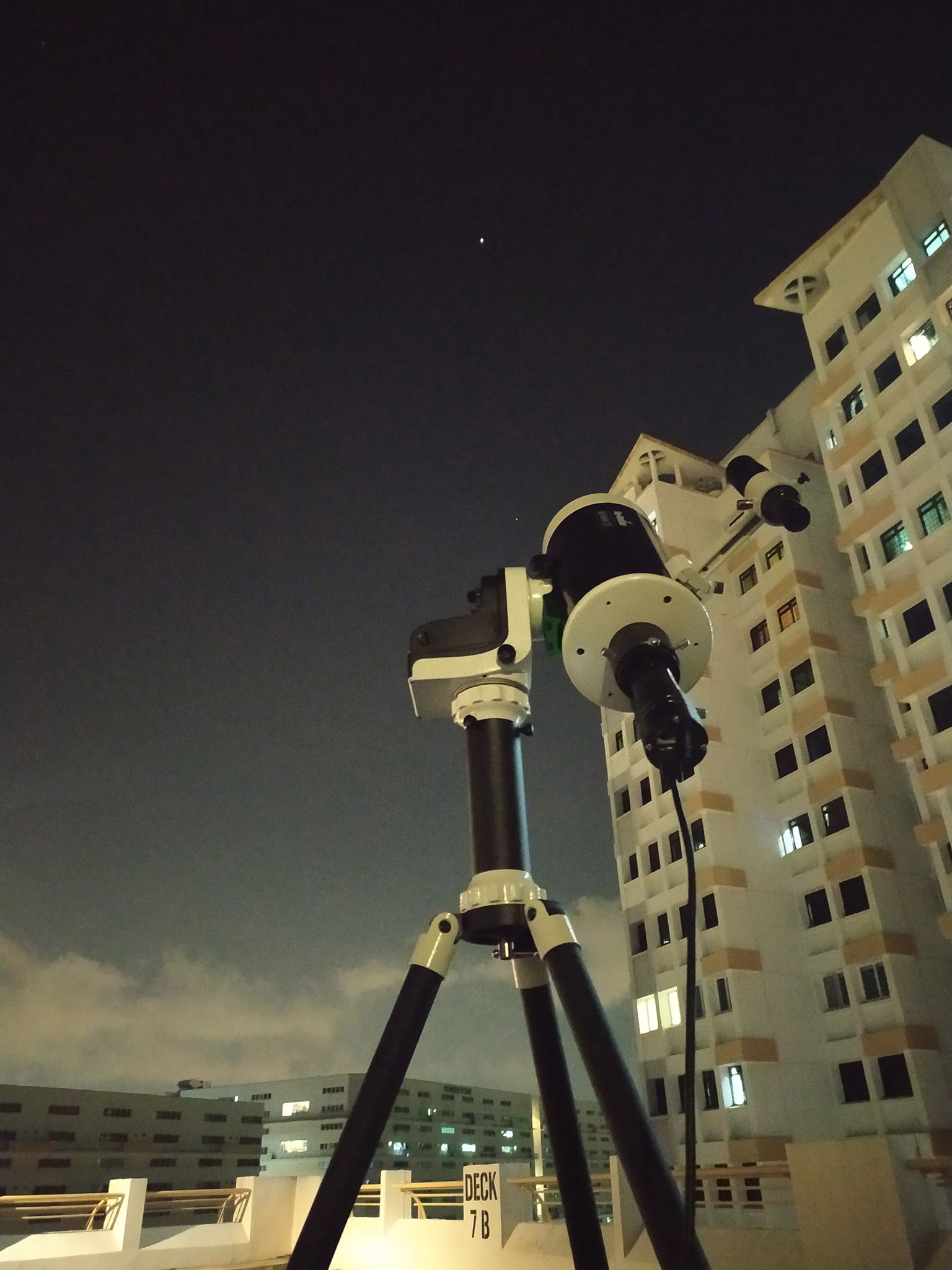 Image courtesy of Lu Jia Xiang.
Image courtesy of Lu Jia Xiang.
Lu uses a variety of cameras, scopes and trackers to achieve his images.
Without a balcony or a good view of the sky at home, Lu told Mothership his equipment has to be "light, cheap and portable".
The main telescope lens he uses in planetary photography as seen above is just five inches long.
While one might assume that such photography would require expensive gear upwards of thousands of dollars, he shared that the lens only cost him S$500.
Nebulas and stars visible from Singapore
Although he always had an interest in astronomy since young, Lu only started doing such photography about two years ago.
He also photographs stars and nebulas located thousands of light-years away.
Nebulas are clouds of dust and gas in outer space, usually tens to hundreds of light years across. It can form from the explosion of dying stars like supernovas, and new stars are born from nebulas.
This is the great Orion nebula, which Lu says is so bright that it is visible at night with the naked eye and binoculars:
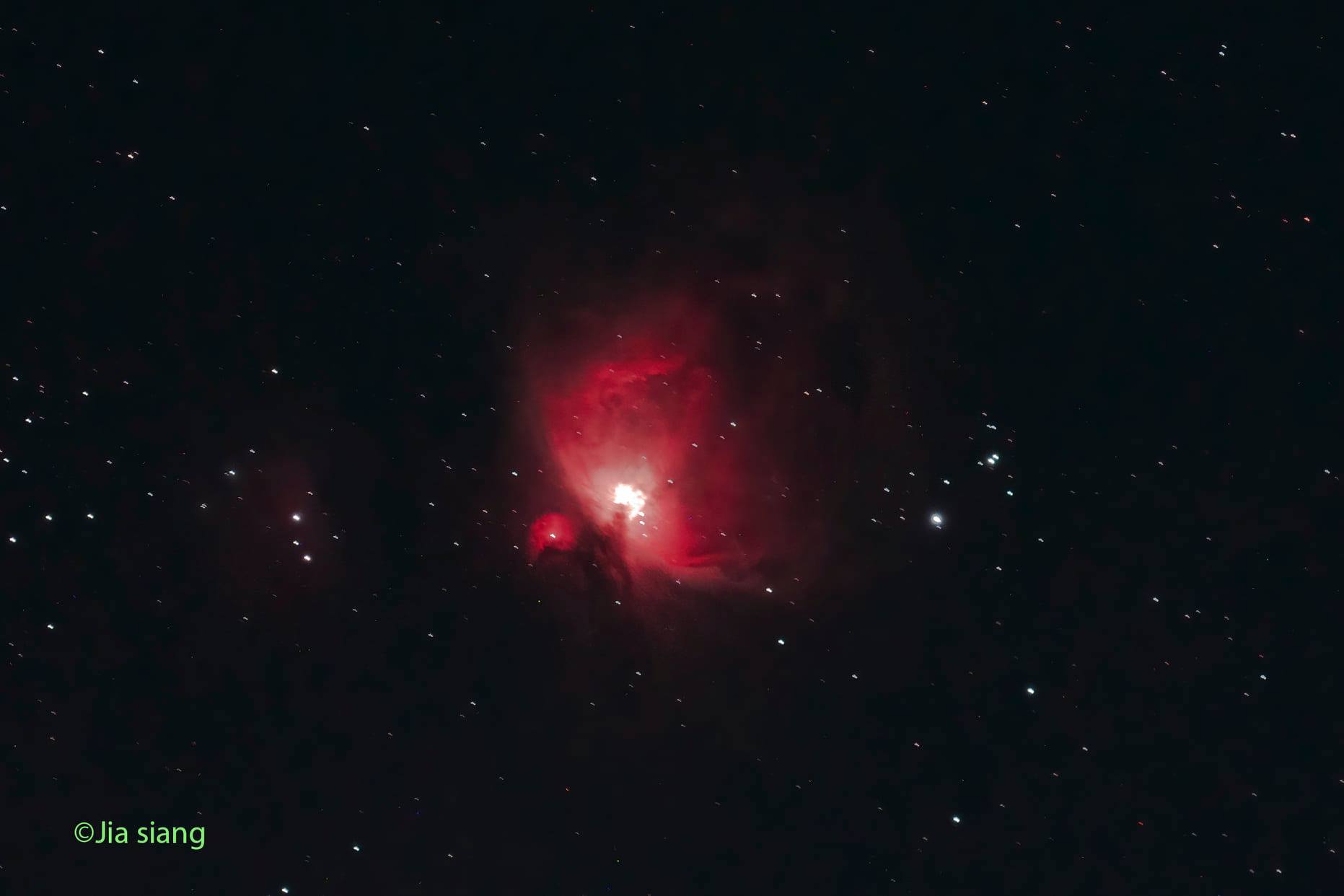 Image courtesy of Lu Jia Xiang.
Image courtesy of Lu Jia Xiang.
Pictured here is the Great Carina Nebula, one of the largest diffuse nebula in the the night sky:
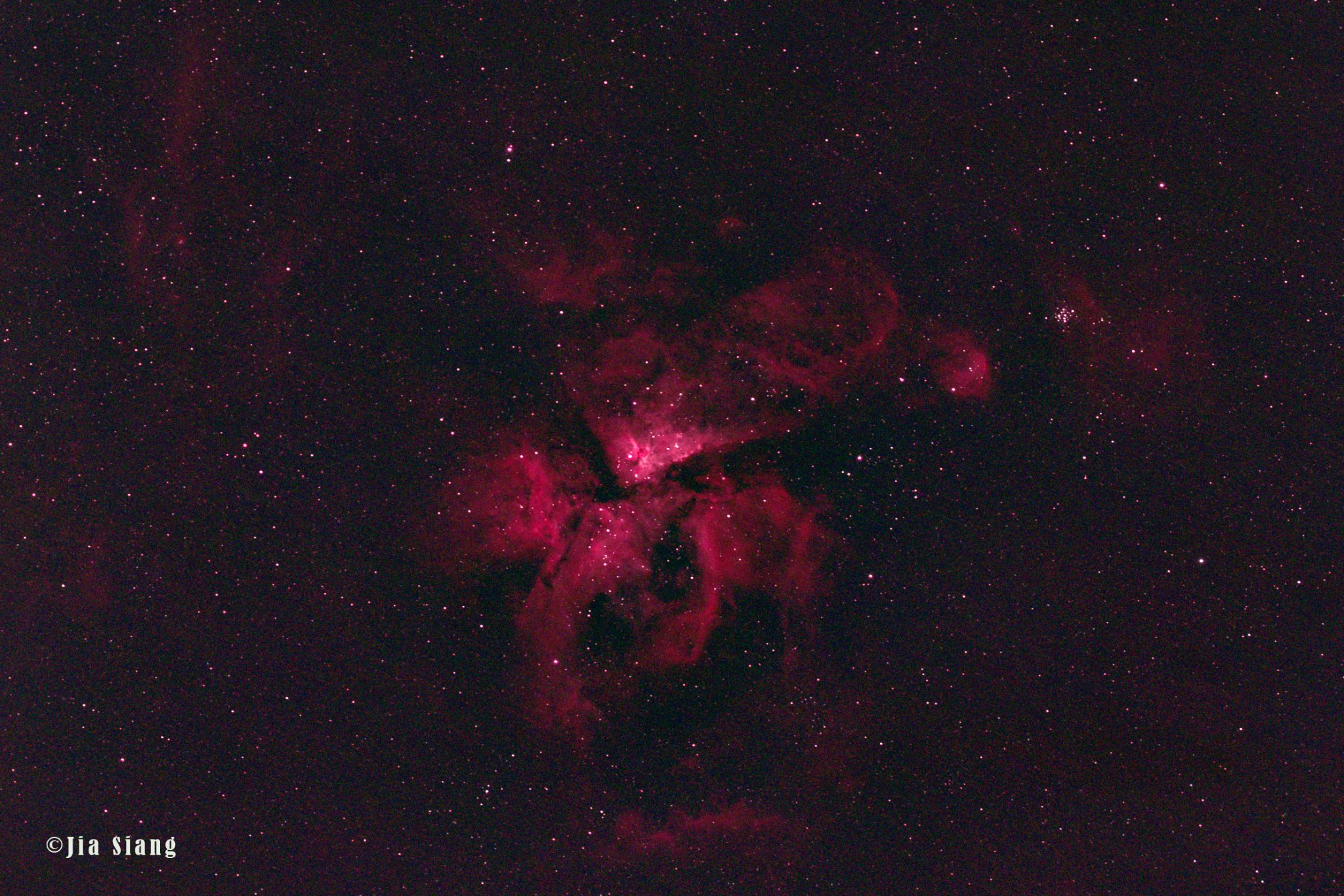 Image courtesy of Lu Jia Xiang.
Image courtesy of Lu Jia Xiang.
This is the Pleiades star cluster, made of hot blue stars:
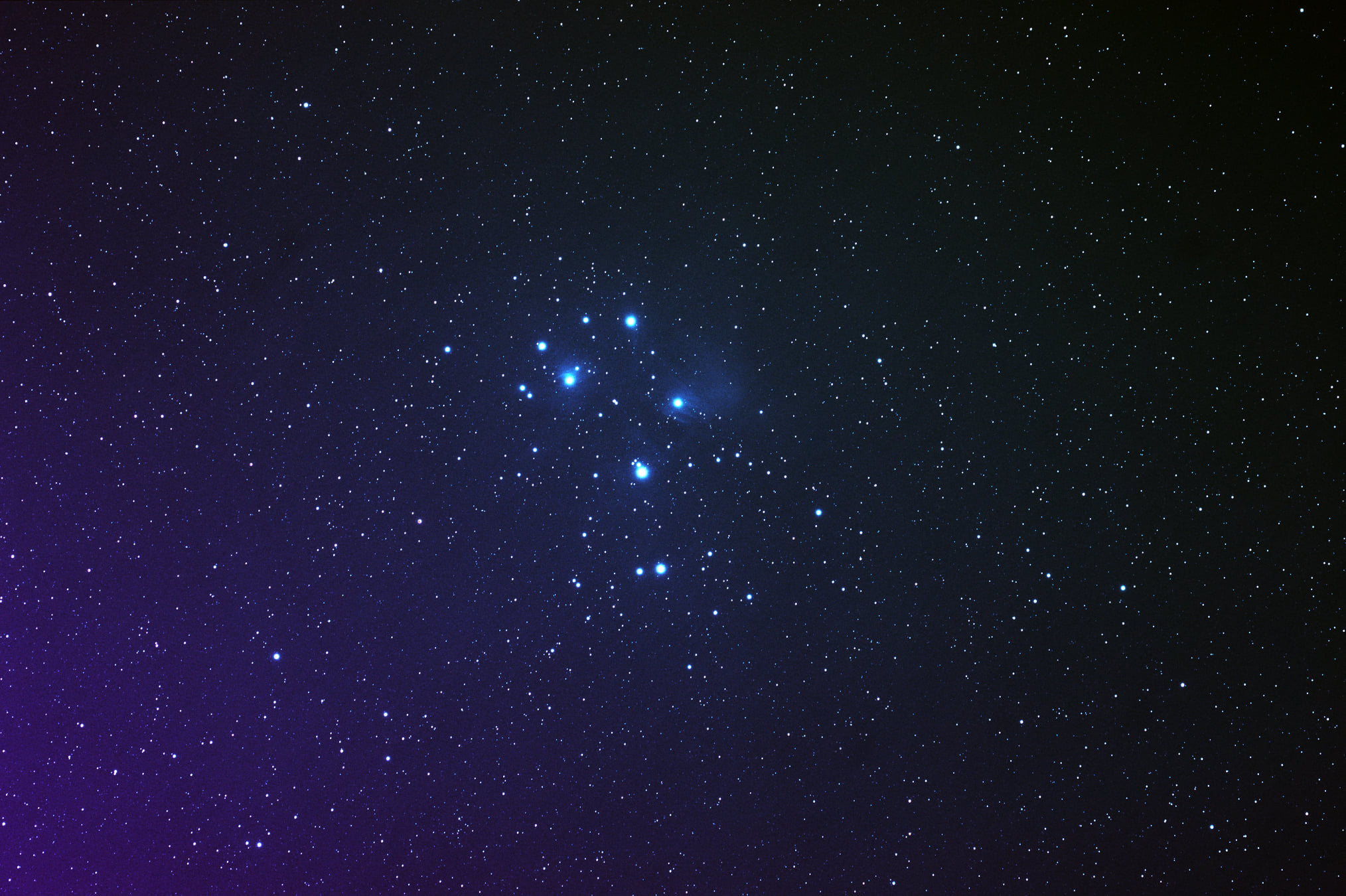 Image courtesy of Lu Jia Xiang.
Image courtesy of Lu Jia Xiang.
And the Horsehead nebula and Flame nebula, approximately 1,500 light-years away from Earth:
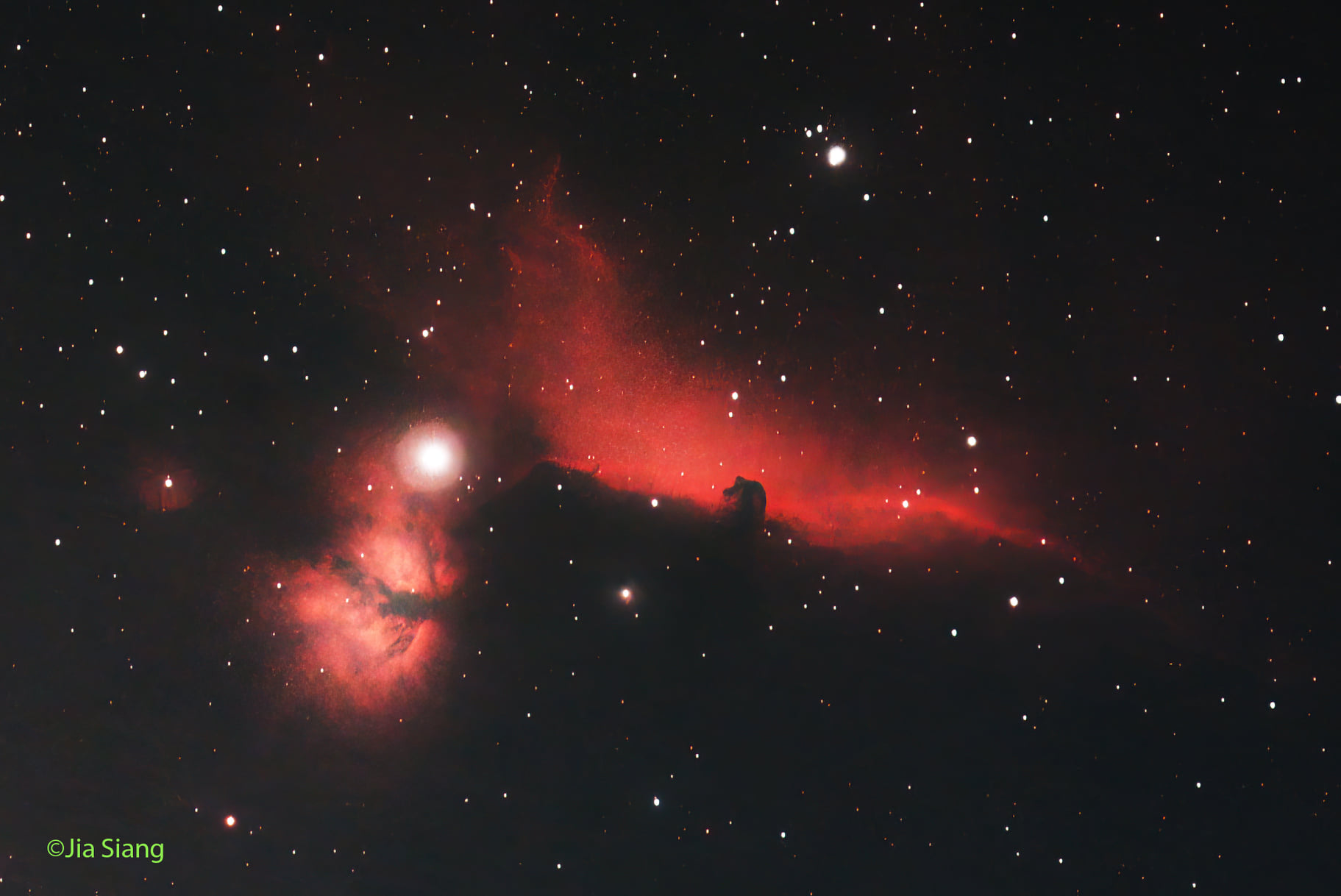 Image courtesy of Lu Jia Xiang.
Image courtesy of Lu Jia Xiang.
More information about Lu's techniques and equipment used in each shot can be found in his Facebook posts.
Related stories
Top images by Lu Jia Xiang.
If you like what you read, follow us on Facebook, Instagram, Twitter and Telegram to get the latest updates.
